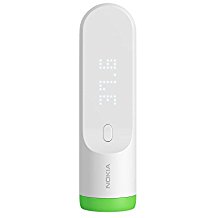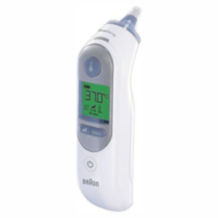Wrist blood pressure monitor purchasing advice: how to choose the right product
- What You Need to Know
- Wrist blood pressure monitors help to detect or monitor high blood pressure at an early stage.
- They are particularly suitable for anyone who has difficulty fitting upper arm cuffs.
- The maximum adjustment range of wrist cuffs depends on the model. Mostly it ranges between 12.5 and 21.5 centimetres. With some blood pressure monitors, the data can be transferred to a smartphone and sent to the attending physician.
- With an arrhythmia and electrocardiogram function, heart complaints such as atrial fibrillation can be detected at an early stage.
Prevention is better than cure
High blood pressure is a medical problem that affects people’s health to varying degrees. With mild high blood pressure, it is sometimes enough to integrate more exercise into everyday life or to change one’s diet a little. Higher levels require blood pressure-lowering medication and can lead to fatal heart attacks and strokes if left untreated. But why do so many people die from the consequences of untreated high blood pressure when there are solutions? They often don’t know that their blood pressure is far too high.
The tricky thing is that high blood pressure often has a symptomless course or symptoms such as headaches, shortness of breath, stomach pains and fever are not recognised as consequences of high blood pressure. In many cases, high blood pressure is a result of poor diet, lack of exercise or heredity. But it can also occur due to diseases, such as kidney disease, or be a consequence of diabetes, hormone imbalances or pregnancy.
For anyone with such physical complaints, it makes sense to keep an eye on your own blood pressure. You can have regular check-ups with your family doctor or measure your blood pressure yourself at home with a blood pressure monitor. Such a device consists of an electronic unit with a screen and controls, and an inflatable cuff to attach it to. Wrist blood pressure monitors are particularly compact and easy to attach.

How wrist blood pressure monitors work
Users only need to attach the cuff to the wrist and press the start button. As soon as the measurement starts, a small compressor pumps up the cuff until it exceeds the highest systolic value. The device then releases the pressure, which also affects the pressure in the artery. This change is measured and the result appears clearly on the screen.
Wrist blood pressure monitors determine blood pressure by measuring vibrations of the blood as it is transported through the arteries. However, the blood does not move through the body at a constant pressure, but at a maximum and a minimum.
The higher value, also called systolic blood pressure, occurs when the left ventricle pumps blood into the aorta, while the minimum value, also called diastolic pressure, can be seen when the heart is relaxed. The measuring device determines these two blood pressure values and displays them in the unit millimetres of mercury column or mmHG. Some devices also show the value in the identical pressure unit Torr, but this is more commonly used in the USA than in Germany.
Wrist versus upper arm measurement
When buying a blood pressure monitor for home use, there is a choice between cuffs for the wrist or for the upper arm. Upper arm blood pressure monitors are similar to the models found in doctors’ offices, but work digitally like wrist blood pressure monitors. Wrist monitors are particularly compact, so they fit in most pockets. Since they can be easily slipped over the wrist, they are even suitable for travelling.
Upper arm monitors, on the other hand, are larger and the cuff is more complicated to attach. Since skin contact is required for measurement, you must first remove long-sleeved clothing in order to attach a cuff to the upper arm. Positioning this in the right place is particularly difficult for those who have limited arm movement. For them, wrist monitors are more suitable. In addition, the measuring process feels more comfortable for many, as only the blood supply to the hand is cut off during the process.
Those affected by constricted vessels need an upper arm cuff, as measurement at the wrist does not give accurate results. The susceptibility to error is often higher with wrist blood pressure monitors than with upper arm versions. This is because the cuff must not only fit correctly, but also be at the level of the heart. As soon as the wrist is positioned differently, for example on the back of the sofa, the results are distorted.
While wrists are about the same thickness for most, there are big differences for upper arms. For very thin or thick upper arms, it is therefore difficult to find a cuff that fits. Finding a well-fitting wrist cuff requires little effort.
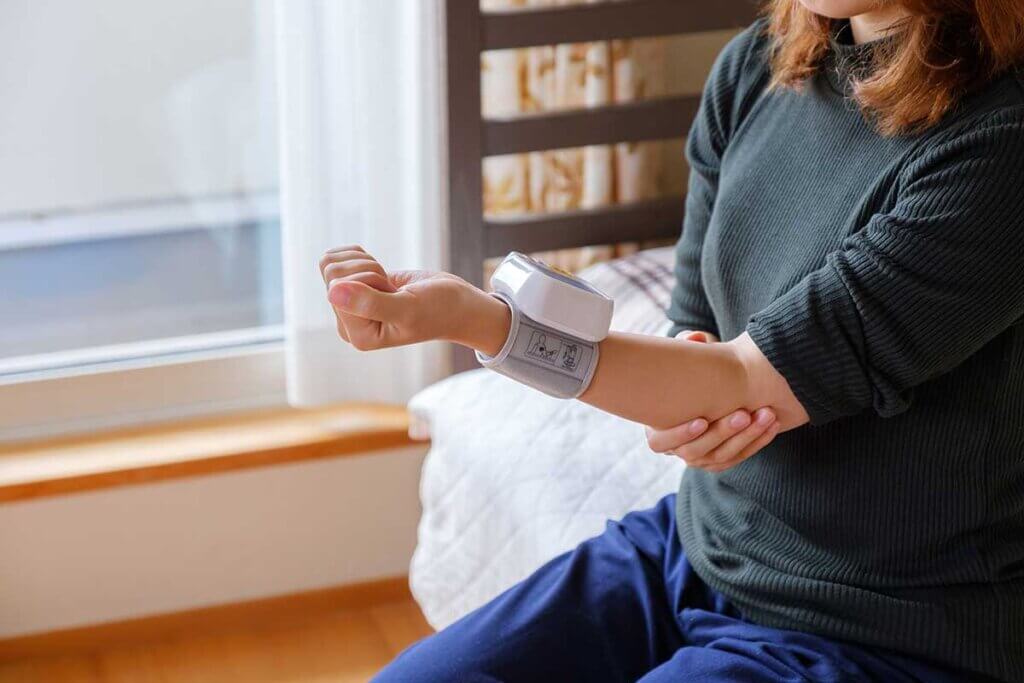
What matters when buying
The most important criterion when buying wrist blood pressure monitors is the accuracy of the measurements. To avoid unintentionally distorting accurate results, the fit should also be right.
Measurement accuracy
Blood pressure monitors ideally measure blood pressure accurately throughout. In fact, there is always some variation in devices for home use. The goal is to find a product with as little inaccuracy as possible. A result that differs from the actual pressure value by five millimetres of mercury column is still perfectly acceptable.
If the deviation is greater, the meter may indicate non-existent high blood pressure and unnecessarily alarm the person concerned. Conversely, it may not detect existing high blood pressure if the measured value is too low. An inaccurate blood pressure monitor is therefore not only annoying, but also poses a health risk.
Calibration is not mandatory for blood pressure monitors for private use. Consumers often only recognise from the CE test seal that the manufacturer has subjected the product to extensive testing. Blood pressure monitors that have been tested by the German Hypertension League and have the appropriate seal are considered to be of high quality. However, there is no guarantee of accurate blood pressure measurement. It is therefore advisable to measure your blood pressure a second time and compare the two results.
Fit
The size of the cuff depends on the model. However, the choice is clear: the smallest possible circumference is 12.5 centimetres, the maximum setting is 21.5 centimetres. This is the range in which most blood pressure monitors fit. Smaller ranges such as 13.5 to 19.5 centimetres are also possible.
Especially for those with slender or strong wrists, it is advisable to check the circumference of the cuff. Only if the measuring device fits properly will it provide accurate results. Therefore, it is also important for petite people to measure their own joint circumference.
Display and operation/col
Although displays of wrist blood pressure monitors are smaller than those of upper arm monitors, this does not mean that they are more difficult to read. What is important is that they are well lit and the numbers stand out clearly. Modern devices are often equipped with an LC display and touch controls for this purpose. If it is a measuring device for visually impaired users, the individual controls are large and easy to feel. In addition, clearly labelled keys and values are practical to make it easier to use the device. Alternatively, pictograms help to understand the functions.
The first indication on the screen is usually the systolic value. This is followed by the diastolic value. In addition, pulse, time and date can usually be read in a smaller font size. Other possible functions can ideally be called up easily using the control buttons.
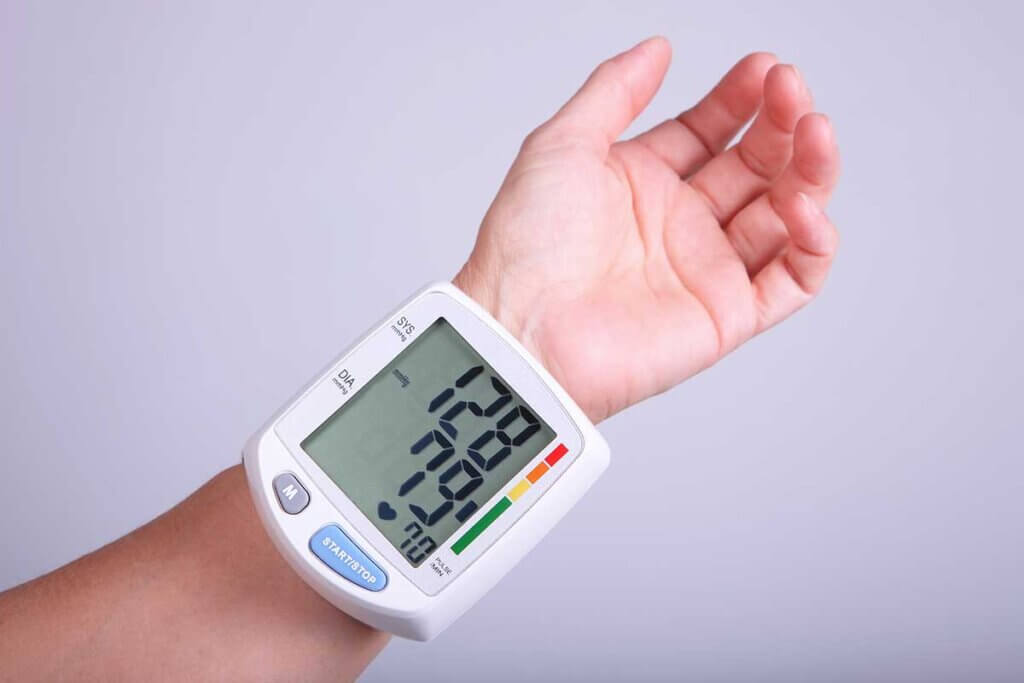
Connectivity
Many wrist blood pressure monitors now allow the measured values to be transferred to a smartphone or computer. For this purpose, they are equipped with Bluetooth, WLAN or at least a USB interface. In this way, users can keep track of their values and send them to their doctor if necessary.
Some manufacturers offer their own app for this purpose or allow the use of third-party apps. The range of functions varies from app to app. While some offer little more than a digital blood pressure diary, others can send the data directly to treating doctors or collect various health data.
Range of functions
The basic functions of modern wrist blood pressure monitors are measuring blood pressure and pulse, and automatically saving the results. How many readings can be saved varies from device to device. While some can only save 30 measurements at a time, others record more than 100. In some cases, several user profiles can be created so that different users can keep track of their own values. In devices with app connection, the memory capacity is almost unlimited.
In order for consumers to understand the measured blood pressure values, even simple measuring devices are equipped with the traffic light scale of the World Health Organisation (WHO). It provides information on whether high blood pressure is present. High-priced meters even warn directly if they detect elevated values. In this case, they flash or emit an acoustic warning signal.
For those who cannot read the readings due to a visual impairment, there are wrist blood pressure monitors with voice output. The volume is usually freely adjustable. If necessary, such devices can also be muted.
Since wrist measurement is more prone to error than upper arm measurement, some manufacturers have equipped their products with control and movement sensors. If the cuff is not correctly attached and the wrist is not at heart level, the measurement will not start. In addition, some devices indicate when the height is no longer correct during the measurement or stop it immediately. This leads to more reliable results.
Modern devices now help diagnose various heart conditions. Models with an arrhythmia indicator detect an irregular heartbeat or a cardiac arrhythmia. Causes can include heart valve defects or coronary heart disease. There are also products that can create an electrocardiogram or ECG. This provides more precise data about the condition of the heart and detects atrial fibrillation, for example. The ECG is either stored on the device or in a suitable app.
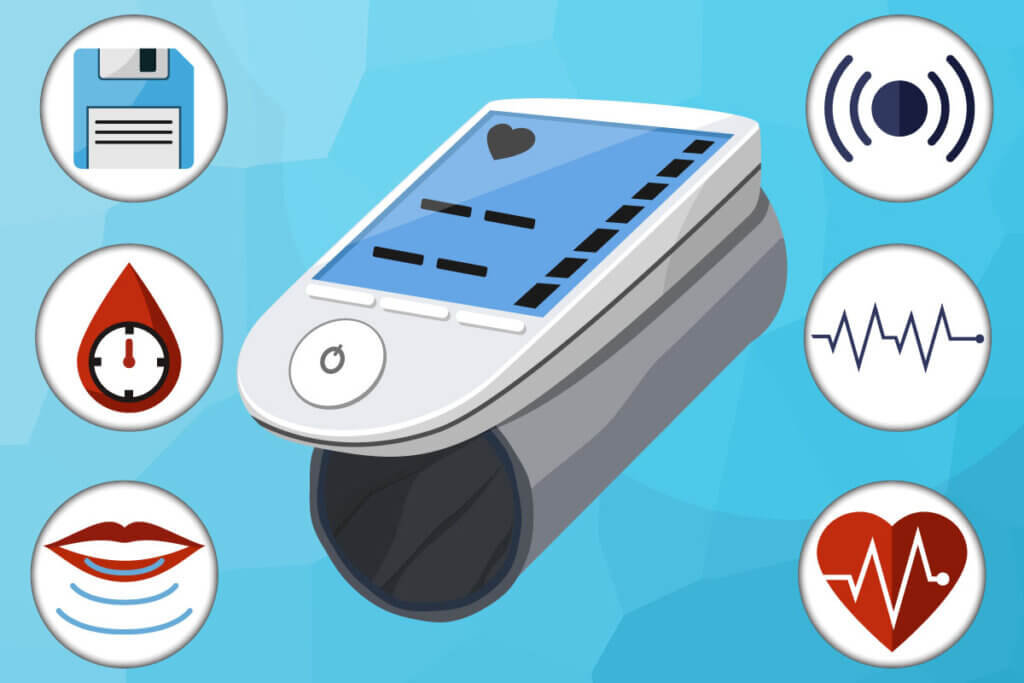
The correct use of wrist blood pressure monitors
Determining your own blood pressure with a wrist blood pressure monitor is easy for both younger and older people. However, for the results to be as accurate as possible, correct use is essential. It is advisable to take the measurement regularly at the same time of day and on the same wrist to be able to compare the values better. In addition, it is advisable not to consume any stimulating foods such as coffee about an hour beforehand.
The blood pressure measurement is always taken in a relaxed state and ideally in a quiet place. Avoid any exertion before the measurement. It is best to sit quietly for a few minutes. Then slip the cuff over your wrist and fasten it. It must not be too loose or too tight. It is essential that the blood pressure monitor is positioned at heart level during use. However, since the body should not be tense, it is best to rest the arm on a table top.
Movements, talking and even muscle tension influence the measurement. Therefore, try to be as quiet as possible during the measurement. If you want to take a control measurement, it is best to wait a few minutes so that your body is completely relaxed.
| Meaning | Systolic value | Diastolic value |
|---|---|---|
| Too low blood pressure | Under 100 | Under 60 |
| Optimal blood pressure | 100 to 119 | 60 to 79 |
| Normal blood pressure | 120 to 129 | 80 to 84 |
| High normal blood pressure | 130 to 139 | 85 to 89 |
| Mild hypertension | 140 to 159 | 90 to 99 |
| Moderate hypertension | 160 to 179 | 100 to 109 |
| Severe hypertension | Ab 180 | Ab 110 |

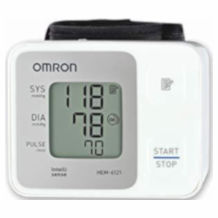
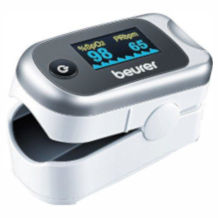
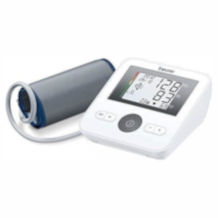
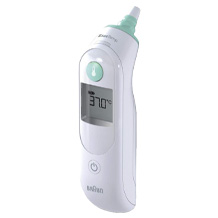


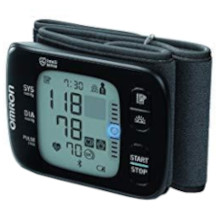

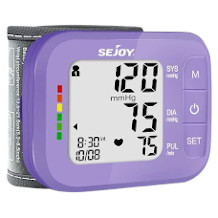


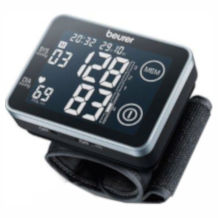
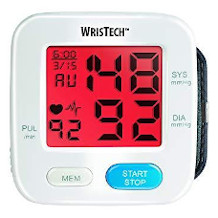

 3,650 reviews
3,650 reviews



